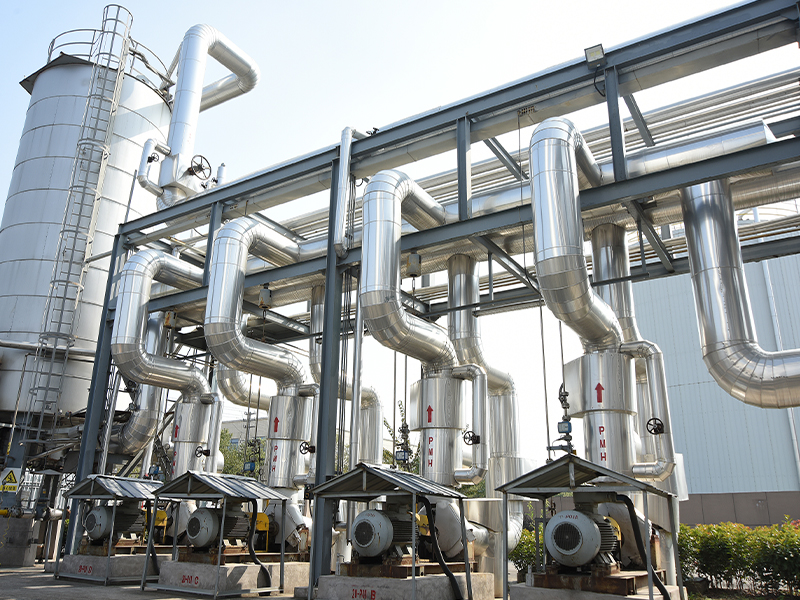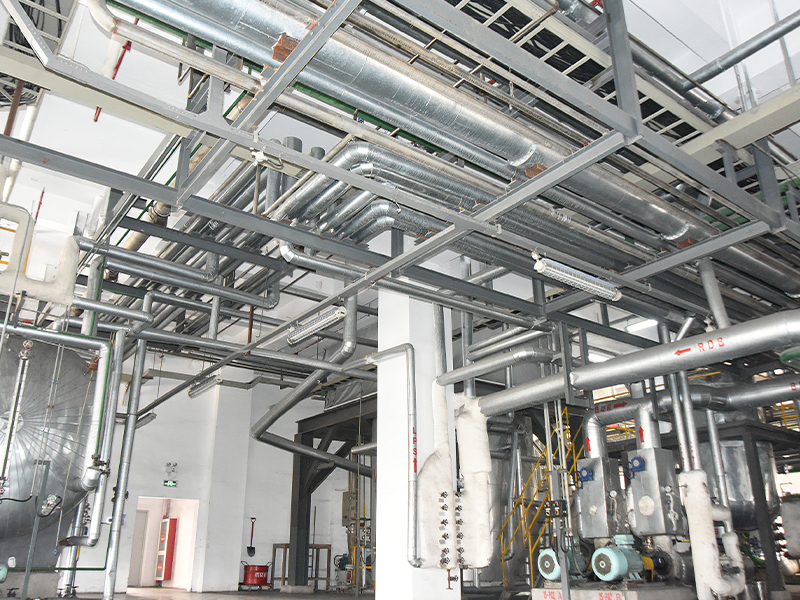In cleanroom environments—such as those found in pharmaceutical production, biotechnology labs, semiconductor fabrication, and medical device manufacturing—contamination control is critical. Every component, including the doors, must support a clean, controlled, and sterile workspace. The surface finish of a steel clean room door plays a direct and important role in preventing contamination, supporting effective cleaning, and maintaining regulatory compliance.
1. Smoothness Reduces Particle Accumulation
A smooth surface finish—often achieved through polishing or precision fabrication—minimizes microscopic crevices, pits, or irregularities where dust, microbes, or chemical residues might collect. Rough or textured surfaces can trap particles and are more difficult to clean thoroughly, increasing the risk of contamination over time.
Typical surface roughness (Ra): Cleanroom-grade stainless steel doors often have a finish of ≤ 0.8 μm Ra, which is considered suitable for high-purity environments.
2. Easier to Clean and Disinfect
A polished, non-porous steel surface allows for quick, complete wipe-downs using common disinfectants like alcohol, quaternary ammonium compounds, or hydrogen peroxide vapor. This is especially important in environments requiring frequent sanitation.
Surfaces with low roughness do not absorb or retain moisture, reducing microbial survival rates.
A smoother surface reduces the frequency and intensity of cleaning needed, preserving the door’s longevity.
3. Minimizes Microbial Adhesion and Biofilm Formation
Surface finish influences bacterial adhesion. Microorganisms are more likely to stick to rough surfaces and form biofilms, which are harder to remove and can become persistent sources of contamination.
Stainless steel with a satin, brushed, or electropolished finish reduces the ability of microbes to anchor.
In GMP-grade cleanrooms, electropolished stainless steel may be used for even greater microbial resistance.
4. Chemical and Corrosion Resistance
A high-quality surface finish improves the steel's resistance to corrosion from cleaning agents and sterilizing chemicals. This is especially important in cleanrooms where daily cleaning with aggressive agents is required.
For example, SS304 or SS316 with a fine surface finish resists pitting and discoloration after repeated exposure to sanitizing agents.
Corrosion can create surface roughness or flaking, both of which compromise contamination control.
5. Reflectivity and Visual Inspection
A polished or semi-reflective surface makes visual inspections easier. Contaminants, fingerprints, or residue are easier to spot and remove during routine checks, improving quality assurance.
Uniform surface appearance can also aid in monitoring wear and surface degradation over time.
6. Compliance with Cleanroom Standards
Regulatory bodies and cleanroom design standards—including ISO 14644, GMP (Good Manufacturing Practice), and FDA cleanroom guidelines—all emphasize materials and surfaces that are non-shedding, non-porous, and easy to sanitize. A smooth surface finish helps steel doors meet these stringent hygiene and cleanability requirements.
Common Finishes for Cleanroom Steel Doors:
| Finish Type | Description | Cleanroom Suitability |
| #4 Brushed Finish | Fine polish with visible grain | Standard cleanroom use |
| Satin Finish | Smooth, low-reflectivity, elegant appearance | Widely used |
| Electropolished | Mirror-smooth, ultra-low roughness | High-grade sterile zones |
| Powder Coated | Durable coating (must be smooth & non-porous) | Conditional (if tested) |
Conclusion
The surface finish of a steel clean room door is far more than an aesthetic choice—it’s a functional feature essential to contamination control. A smooth, polished, and corrosion-resistant finish:
Prevents particle buildup
Supports thorough cleaning
Resists microbial adhesion
Withstands chemical exposure
Complies with cleanroom and hygiene standards
For environments that demand sterility and precision, investing in the right surface finish for cleanroom doors is a key factor in maintaining integrity and cleanliness.

 English
English русский
русский Español
Español





